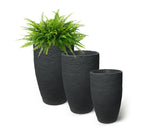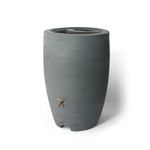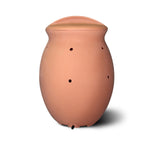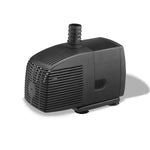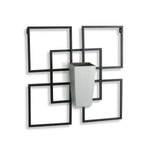How to Use a Self-Watering Planter

Fill the Self-Watering Planter with Potting Soil
Healthy plants begin with nutritious soil. Begin by choosing good quality, nutrient-rich potting mix and fill your self-watering planter up with it. Add your plants, keeping in mind how they will want to grow as you place them. Are you adding a tall tropical plant? Something that trails? Place tall plants near the center to create a focal point and trailing plants near the edge so that they can spill over as they grow.
Fill the Water Reservoir
Once your plants are in the soil, fill up the planter’s water reservoir all the way to the top until water reaches the overflow hole. This will ensure that there is plenty of water available to your newly transplanted plants when their roots begin to grow.
Establish Root Development
For the first month or so after planting, water soil from the top as well as through the reservoir. This is because it will take some time for your plant to grow roots long enough to reach the water from the reservoir. Top watering helps to establish root development in your new transplants and ensure that they will be strong enough to thrive in their new planter.
Water from the Top Port
Once your plant’s roots have established, you will be able to tell because the water in the reservoir will be noticeably lower than when you filled it. This means that the roots are sucking up water from the reservoir and you can stop watering soil from the top. At this point, begin watering through the top port. Simply fill it up and the planter will regulate how much water goes to the soil as the plans require it.
Drain Planter When Needed
For the most part, you can simply fill up your self-watering planter’s reservoir with water and forget about it, but be aware that there are times when you should drain the reservoir. For example, in the winter, always drain the planter when temperatures drop too low in order to prevent freezing. More information on winterizing.
If you notice that the soil is very wet, that may be an indication that your plants are not getting enough light to process that amount of water. In this case, try moving your planter to an area with more light. If this doesn’t work, drain the planter and only fill up the reservoir halfway going forward.
At Algreen, we carry a wide selection of self-watering planters that are incredibly durable with double-wall construction, BPA-free, plant safe, and recyclable. Our Signature self-watering planters are made in Canada for Canadians and, starting in 2022, made in the USA for Americans



